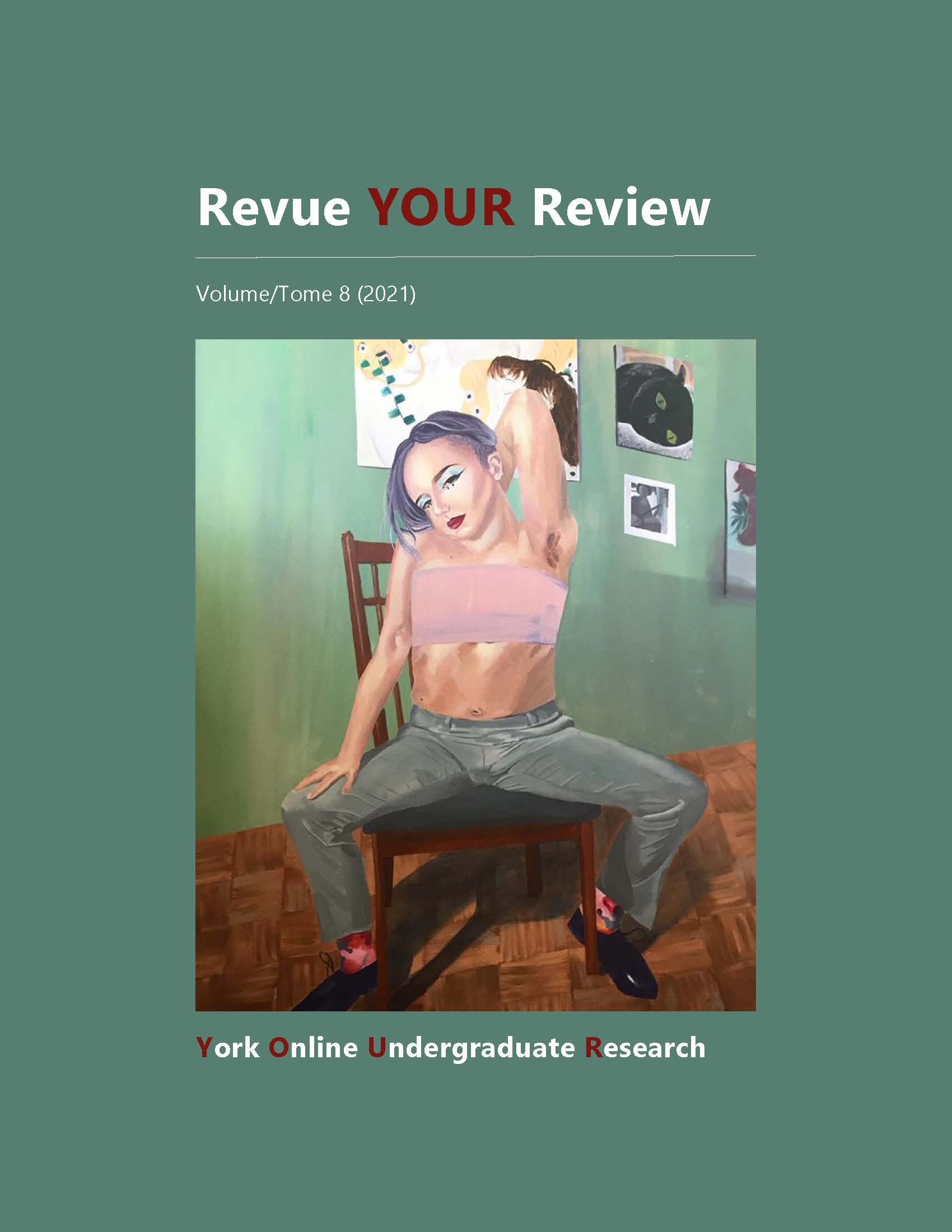Religious responses to cultural Issues: Sikhism and its response to Indo-Canadian gang violence in the lower mainland, British Columbia, Canada
Résumé
This article looks at gang prevention initiatives geared to second-generation Punjabi male youth in Surrey, British Columbia. Using a semi-structured interview method, I interview a community activist and co-chair of a community coalition to better understand social work responses to gang violence. I conduct a literature review of scholarly articles to critique the advocacy response and reveal sites of contradiction between generations of Punjabi Sikhs. The community coalition understands gang violence as male youths’ alienation from Sikh religious institutions such as the Gurdwara (Sikh Temple). Using secondary sources, I uncover contradictions between first-generation and second-generation Punjabi immigrants about the use of religious responses to solve gang violence. On one hand, first-generation Punjabi immigrants believe Gurdwaras are the central hub of the community and must be included in a gang prevention response. On the other hand, second-generation Punjabi immigrants understand Gurdwaras as rigid spaces that lack strong leadership. I investigate a specific advocacy response by the community coalition held in collaboration with second-generation Punjabi youth, Sikh leaders, police agencies, and a collaborative community-university project. During a two-day residential summit, a collaborative gang-prevention action plan is created, with a recommendation to create an accessible resource booklet titled “Understanding Youth in Gangs,” made available to Punjabi youth and families. However, I critique the funding process of this resource booklet, which is embedded in racist and political discourses dismissing Punjabi ways of family life and reinforcing Eurocentric ideologies of family, and call on second-generation Punjabi male youth to exert their voices and power to build gang prevention strategies that support their visions and imaginings.
Téléchargements
Publié-e
Comment citer
Numéro
Rubrique
Licence
LicenceLes auteurs qui contribuent à la Revue YOUR Review acceptent de publier leurs articles selon une des trois catégories de la licence 4.0 : Creative Commons Attribution 4.0 International; Creative Commons Attribution-Pas d'Utilisation Commerciale 4.0 International; ou Creative Commons Attribution-Pas de Modification 4.0 International. Tout contenu éditorial de ce site ainsi que les affiches et les résumés sont sous la licence Creative Commons Attribution-Pas de Modification 4.0 International. Pour plus d’informations, veuillez voir :
https://creativecommons.org/licenses/
Dans tous les cas, les auteurs conservent leurs droits d’auteurs et concèdent à la Revue YOUR Review le droit de première publication. Les auteurs peuvent, par la suite, conclure d’autres accords de distribution non exclusifs de la version publiée dans ce périodique (par exemple, l’afficher à un dépôt institutionnel ou le publier dans un livre ou dans un autre périodique) à condition que la reconnaissance fasse mention de la publication originale dans la Revue YOUR Review.


